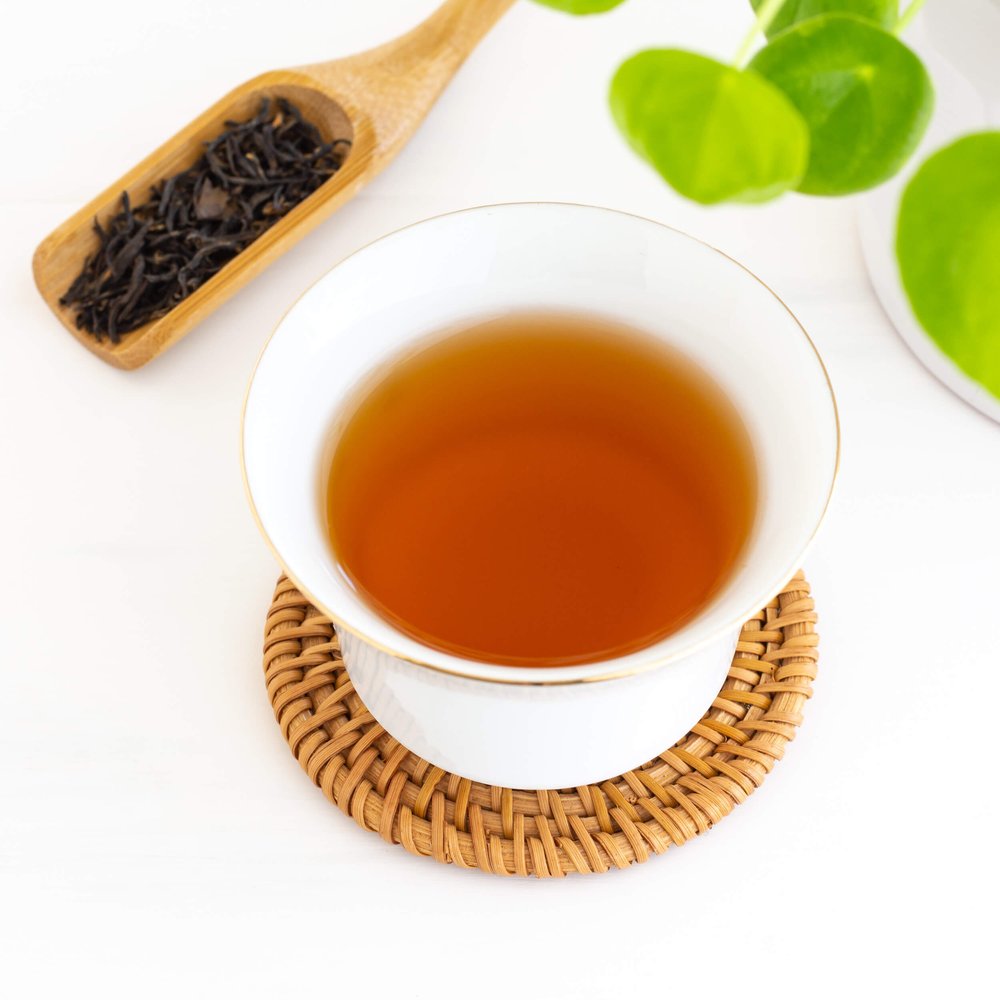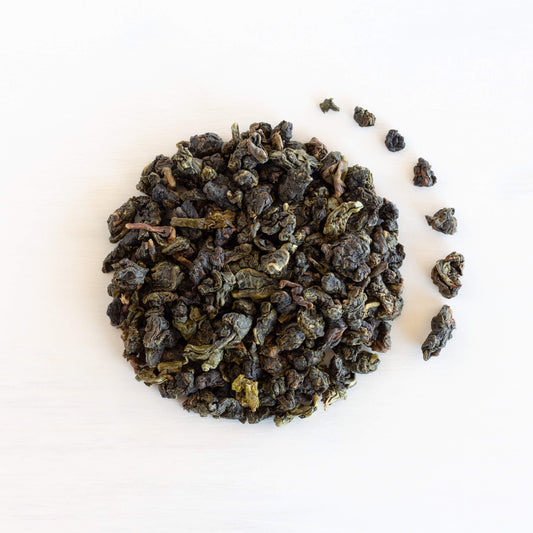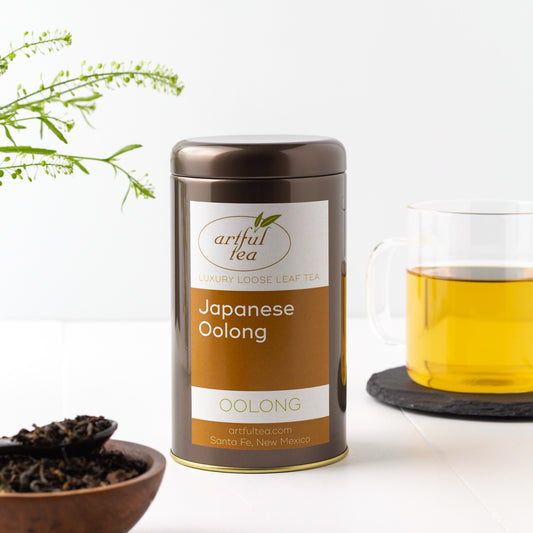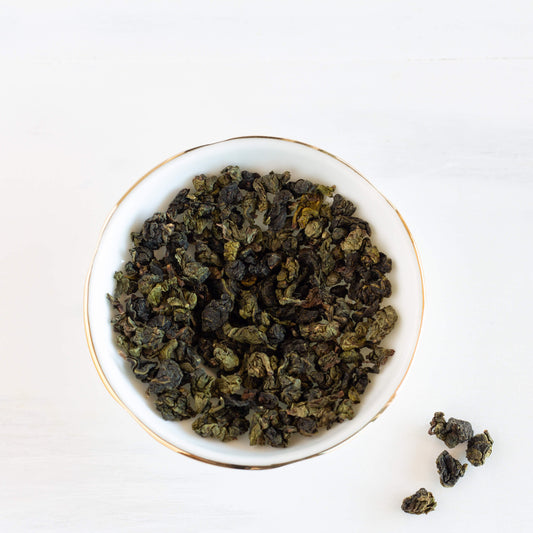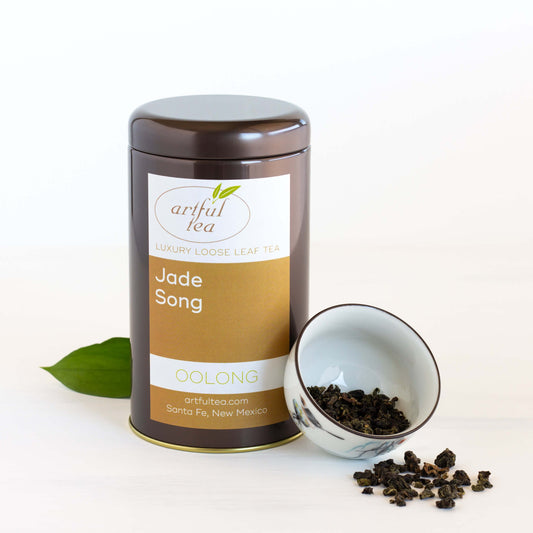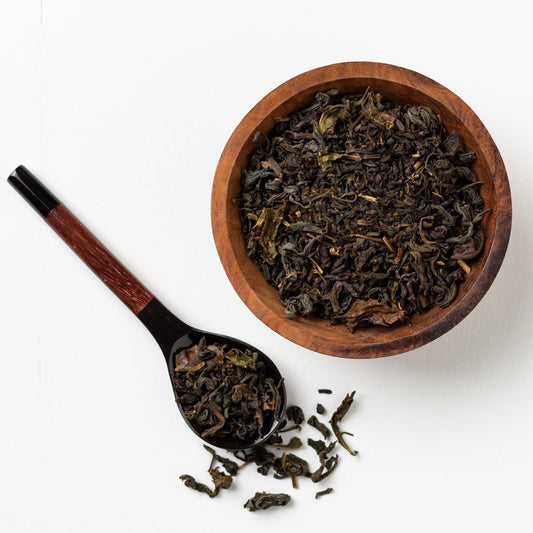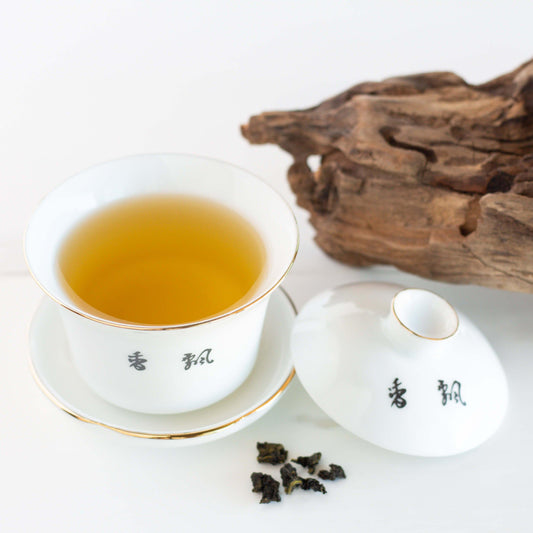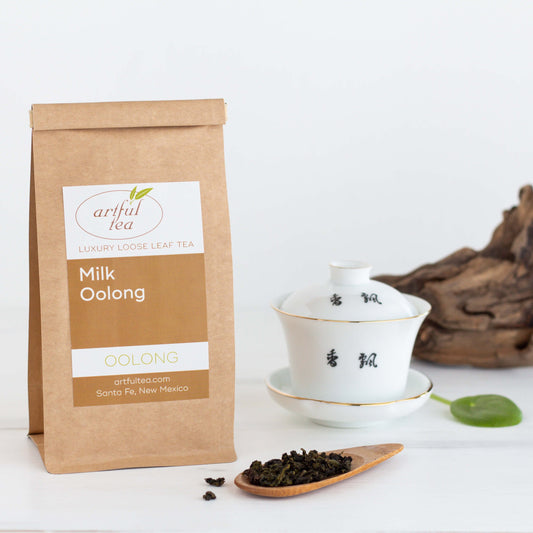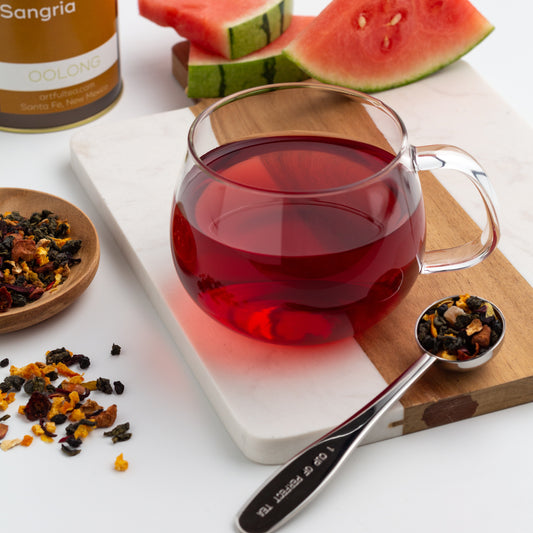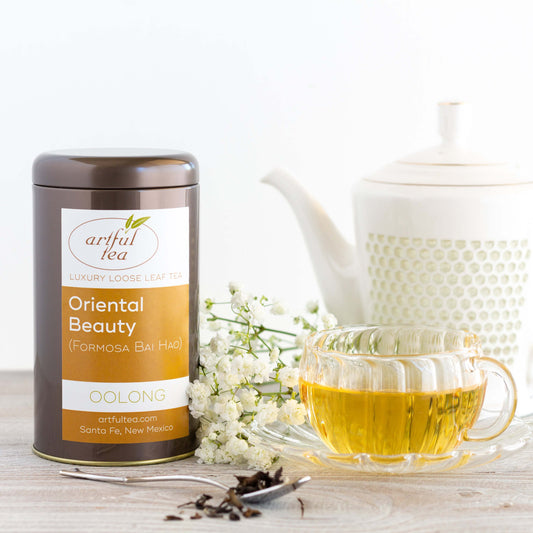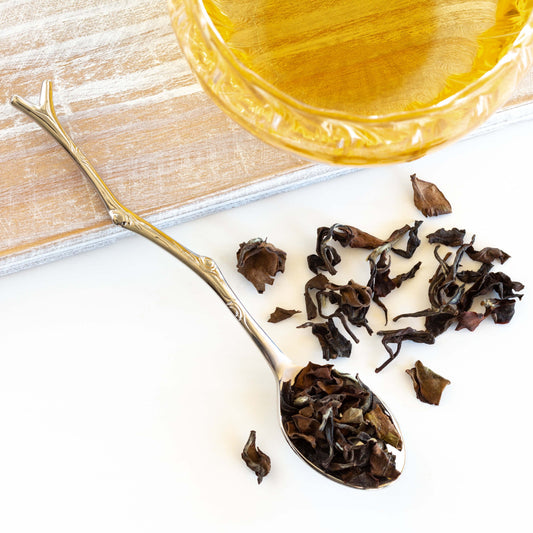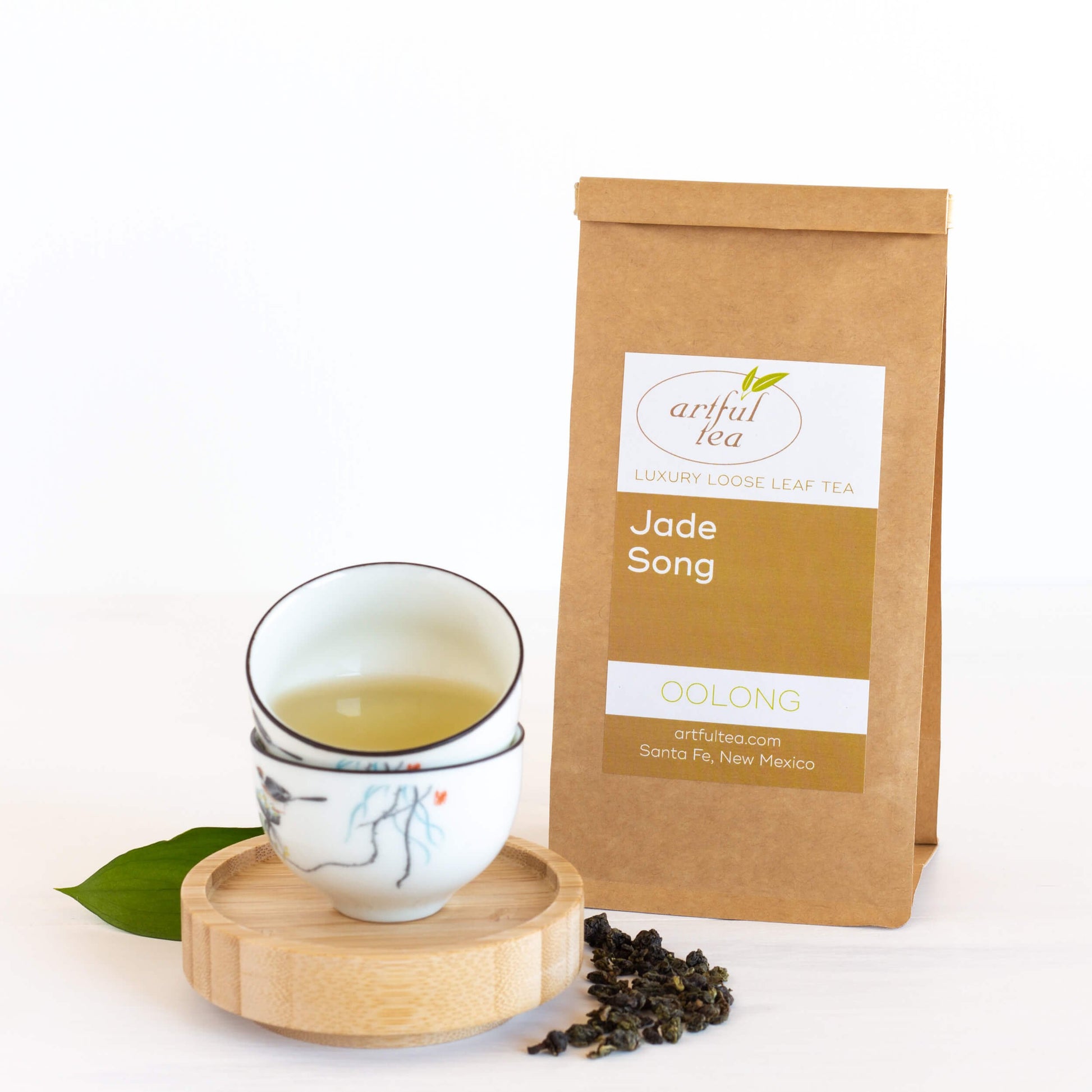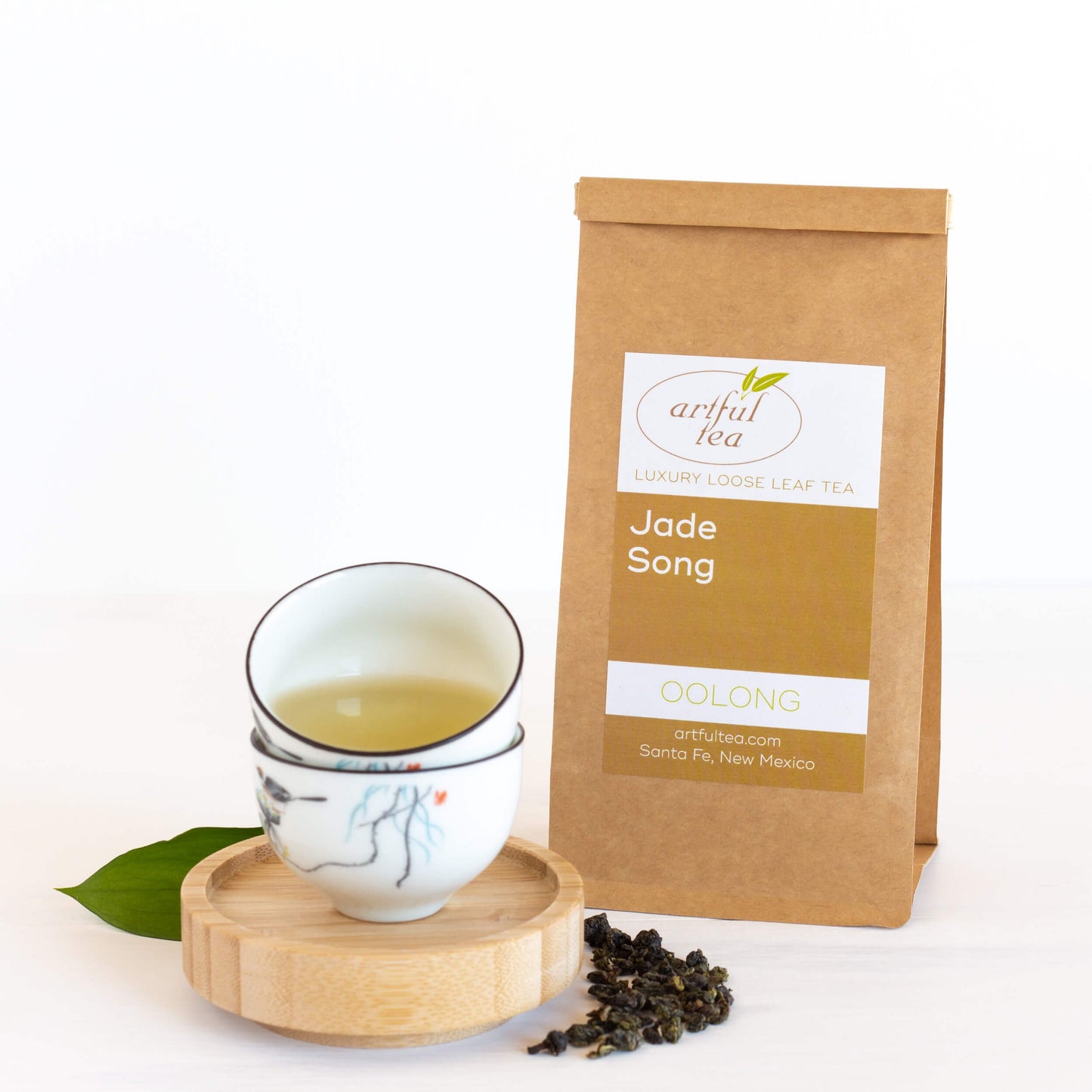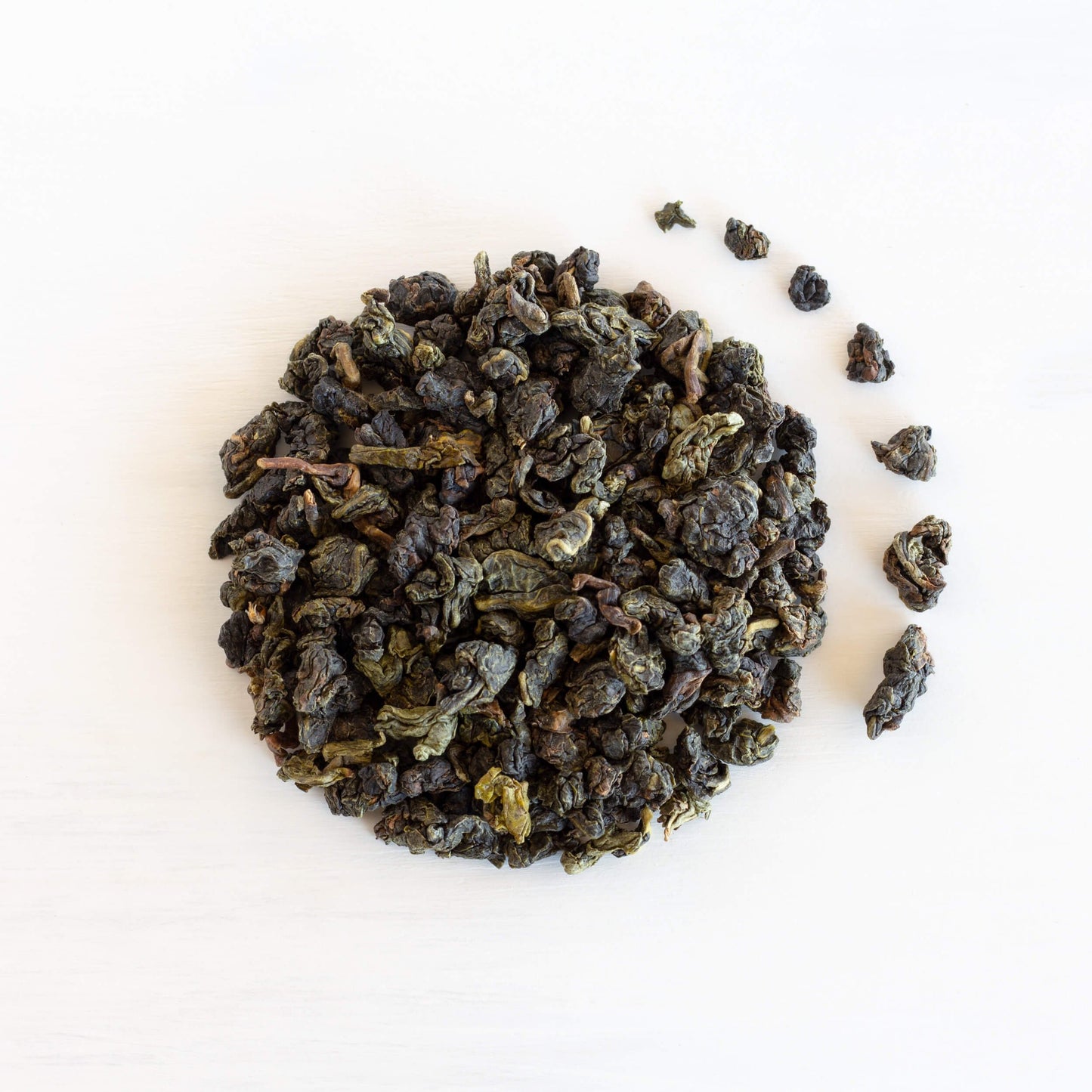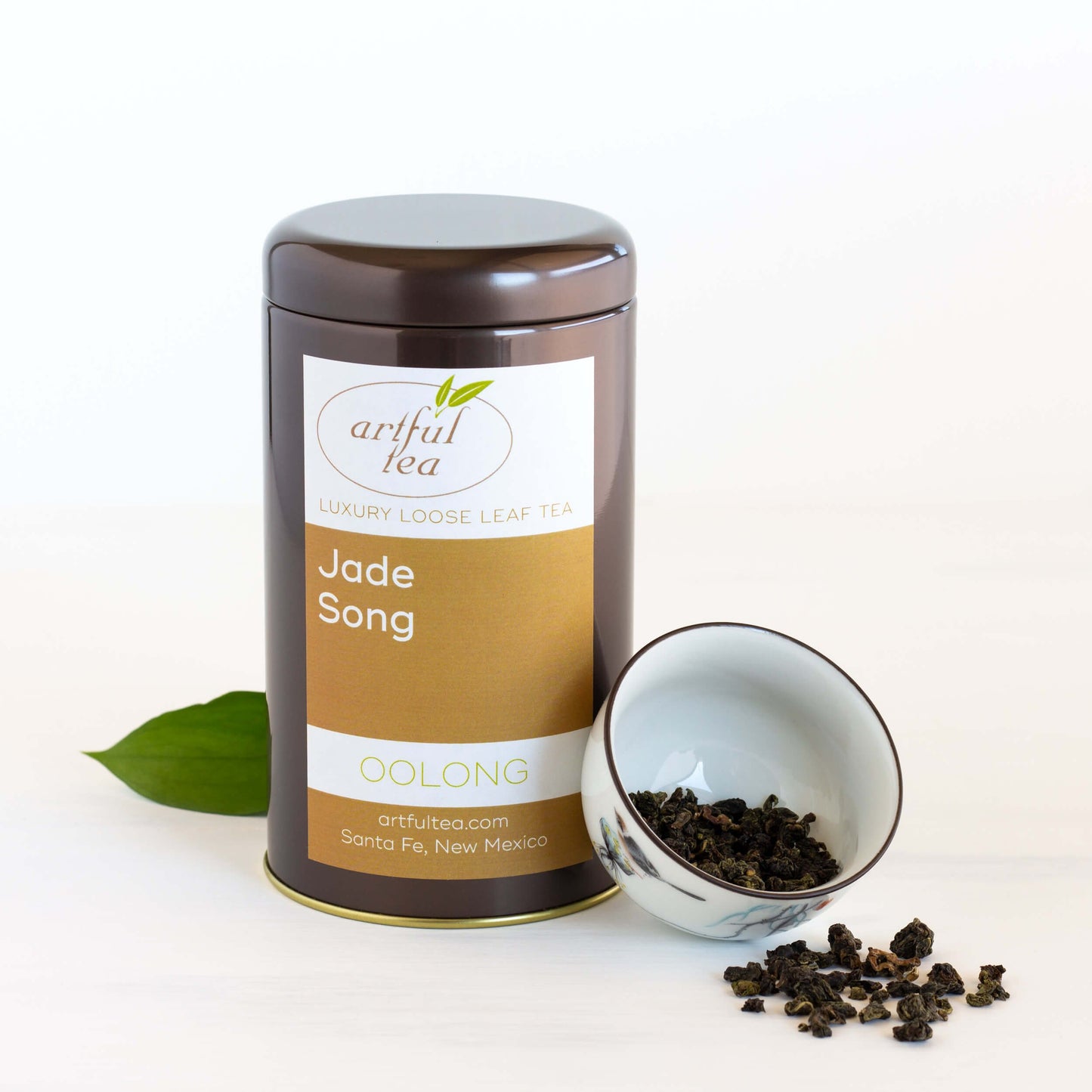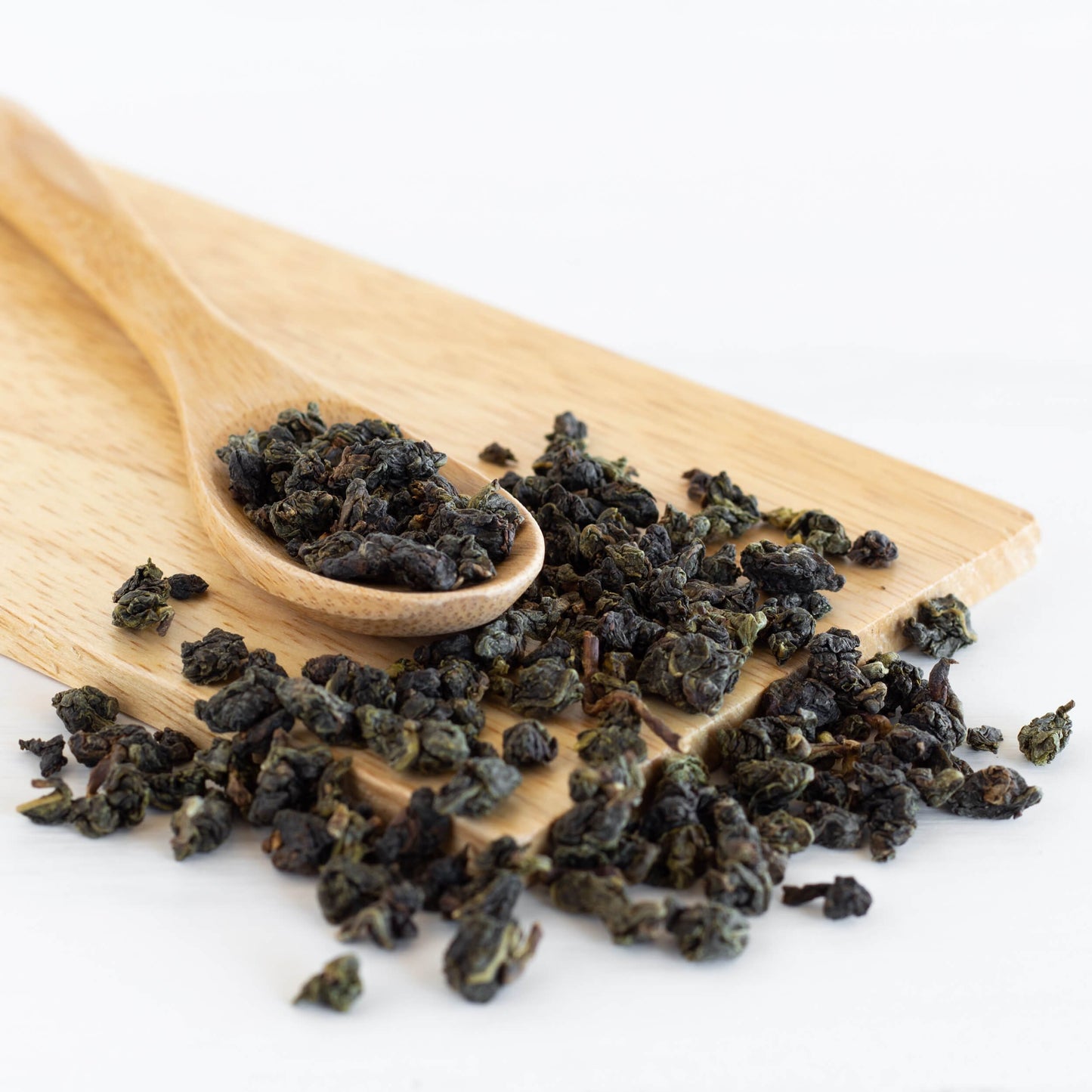What is oolong tea?
Like black tea, green tea, and other types of tea, oolong tea is prepared from the leaves of the camellia sinensis tea plant. Oolong teas are usually grown and processed in China and Taiwan. The moniker “oolong” is an English transliteration of the Chinese “wulong,” meaning black dragon. In China, oolong teas are sometimes also referred to as dark green teas.
Choosing an oolong tea
There are many types of oolong teas to choose between, from classic, unflavored oolongs from famous tea-growing regions, to unique flavored blends that mix oolong tea leaves with other herbs and spices.
If you want: a light oolong
Light oolongs are less oxidized than dark oolongs, which means the leaves are a grey-green shade rather than brown, and the tea itself brew up a lighter, gold-green color. Light oolongs tend to be milder, with more floral and sweet notes.
1. Fine Ti Kuan Yin Oolong
Also known as Tieguanyin oolong tea, Fine Ti Kuan Yin is one of the most famous Chinese oolongs, and has a distinctive and highly-prized orchid-like flavor. The tightly rolled olive green leaves brew up into a burnt gold liquor with a floral character and a hint of sweetness.
2. Jade Song Oolong
Jade Song Oolong features large, hand-rolled leaves and has a delicate, mellow flavor with a smooth finish. Less oxidized than some other types of oolong, this fragrant tea has a lighter and more subtle flavor as a result, with floral and vegetal notes. Jade Song is sourced from Taiwan, and is an excellent example of a superior quality Taiwanese oolong.
If you want: a dark oolong
As the name implied, dark oolongs tend to be darker, which means they're oxidized for longer. They're closer to a black tea both in terms of the appearance of the tea leaves and in their taste. They often have malty, nutty notes.
1. Oriental Beauty Oolong (Formosa Bai Hao)
Oriental Beauty is also known as Formosa Bai Hao, white tip oolong, or champagne oolong. This heavily oxidized oolong tea is sourced from Taiwan. Oriental Beauty features dark brown leaves with silvery tips, and has notes of fruit, honey, and spice.
If you want: a flavored oolong
We also carry several flavored oolong teas. These teas blend oolong tea leaves with other herbs and spices, like ginseng and fruit.
1. Sandia Sangria Oolong
Our Sandia Sangria Oolong is a fruity sangria-inspired blend with hints of watermelon, lemon, and orange. This tea is named after New Mexico's Sandia mountains—sandia means "watermelon" in Spanish, which is what these mountains are said to look like when they glow red at sunset. Sandia Sangria is delicious hot and also makes an excellent iced tea!
2. Ginseng Oolong
This blend is made with a special premium oolong from Hunan, China, and only the youngest tea leaves are used. The leaves are then withered, rolled and ultimately dusted with ginseng and licorice root, creating a mild tea with woody and floral notes and a hint of sweetness and spice. This blend is also sometimes called “King’s Tea” or “Emperor Oolong.”
If you want: something unique
In the mood for something a little out of the ordinary? These teas are special, grown in environments with unique terroir that makes them different than typical oolong teas.
1. Milk Oolong
Prized for its milky scent and taste, our Milk Oolong is produced by hand in the Fujian Province of China, within the Prefecture of Quanzhou. These hand-rolled leaves are a rich olive-green color and brew up into a beautiful golden liquor. This relatively new cultivar of tea has a distinctive mellow, buttery flavor.
2. Japanese Oolong
While Japan is best known for its premium green teas, this delicious Japanese oolong is a unique and unusual oolong produced in Japan. This rare Japanese oolong is light and floral, with a buttery mouthfeel and hints of jasmine and apricot. Our Japanese Oolong is sourced from Shimada in Shizuoka Prefecture, where the Ojiro river and the gentle mountains of the region contribute ideal growing conditions for tea. This spring-harvest tea is lightly oxidized.
Preparing oolong teas
We recommend a tea brewing temperature of about 195 degrees. Water should have a few bubbles but should not yet have reached a hearty boil. Oolong teas should be infused for approximately two to three minutes for a first infusion. Oolong teas can be steeped several times, with each infusion resulting in subtle differences in flavor.
